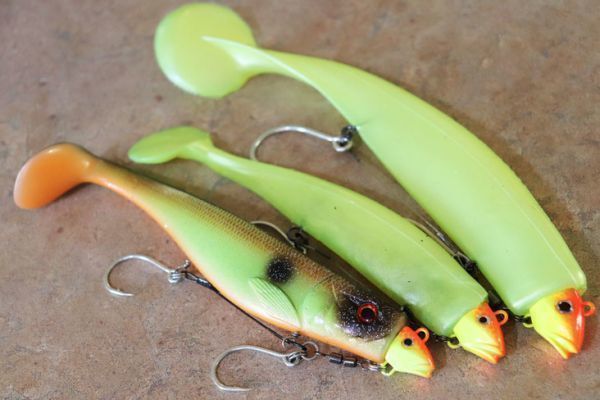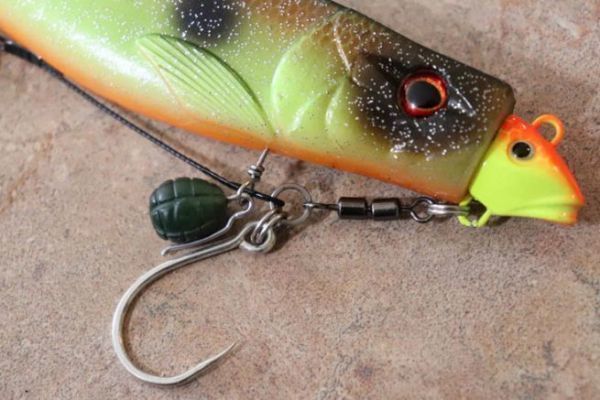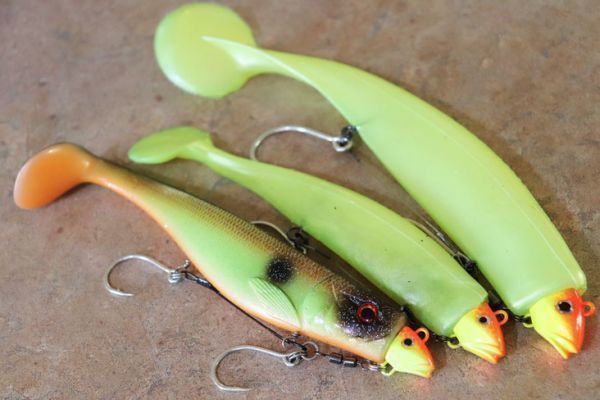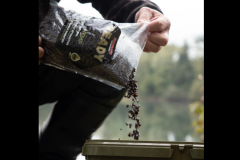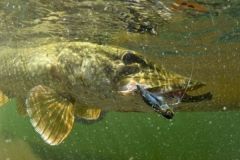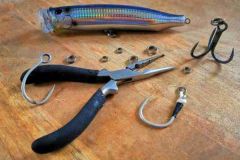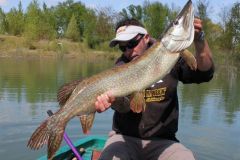1) A shape to accommodate the frame
The principle of shallow rigging is to fish off the bottom, between two waters or on the surface. This is why we use fish shapes such as shad, grub or finess, the three most commonly used shapes.
This shape must be able to accommodate the shallow rig. The lure's belly must be full and straight, and there must be no opening for a Texan hook or any other special shape.
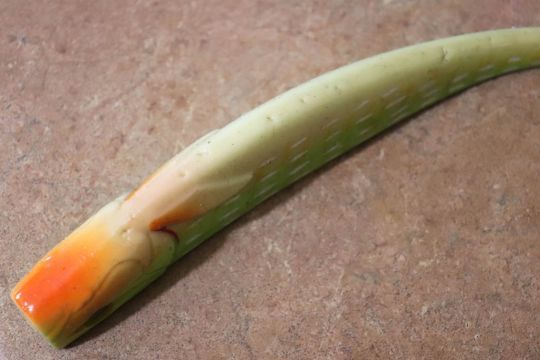
2) A hard-wearing material
Fragile lures made of plastic that tears easily should be avoided. It's better to opt for dense rubber, which will resist pike teeth and keep the rig in position without tearing. With a rubber that's not dense enough, the pins that hold the rig fall off too easily.
3) Guaranteed balance
The soft lure you're after must accept being mounted without a lead head. Here again, density is important. A heavy lure will hold up well, while a light lure is likely to spin and tangle. The front part of the lure must therefore be massive, to guarantee a certain weight and good stability.
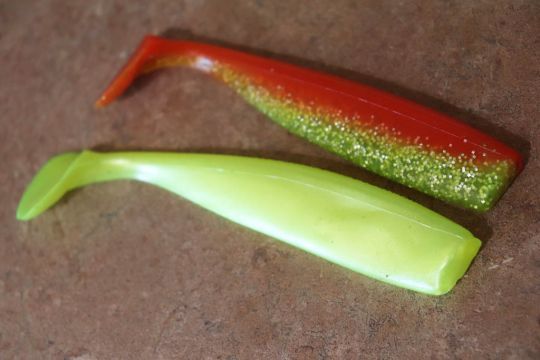
A few references
Finally, to help you make your choice, here are a few lures that are well suited to shallow rigging. Lunker City offers the Shaker and Fin-S. Fox Rage offers the Pro Shad. Illex's Dexter Shad and Dexter Eel are excellent for this technique.
The shape of the lure is of course important, but it's the material of the lure that really counts, because if it's too soft, it won't have a long life expectancy.
